12-Inch Vinyl Records: What To Expect
12-inch vinyl records have been around for nearly a century now and are synonymous with the music industry. They are an exceptional kind of phonograph featuring a diameter of exactly 12 inches. As you can tell, the name is drawn from the diameter of these vinyl records, which are designed to hold music on two sides. Referred to as Long-Playing Records (or LPs for short), these records are ingeniously crafted from vinyl and can hold as much as 22 minutes of music on either side.
Vinyl 12-inch records were first popularized by Columbia Records back in 1948. Originally the brainchild of engineer Peter Carl Goldmark, vinyl records soon became a favorite format for musical albums. Until the compact disc was invented in the 80s, 12-inch vinyl records were the most common for all recorded audio files or music. One of the attributes that stood out about these vinyl records was a relatively longer playtime coupled with improved sound quality as compared to the 7-inch or the 10-inch record counterparts that were developed earlier on. Apart from that, the 12-inch records made it possible to package the albums more attractively and also make the artwork a lot more impressive. Generally, the improved record took the album experience to the next level.
Looking to purchase some 12-inch vinyl records? Here’s what you may expect!
High Sound Quality
Sound quality is perhaps the biggest advantage of the 12-inch vinyl record over digital and other analog forms of audio. They are designed from unique vinyl material that gives them a natural and warm sound. Not even modern-day digital formats such as MP3s and CDs can compare to the outstanding warmth and sound quality provided by the records. Other than that, the records come with a wide dynamic range. That implies that they can effortlessly handle sounds that are either softer or louder in a much better way than advanced digital formats. In other words, they offer a richer audio or music-listening encounter.
Extended Durability
Vinyl records provide unbeatable durability. CDs can scratch, and MP3s may be corrupted. With careful handling and proper storage, however, vinyl records can last just as long as – if not longer – than other audio formats.
In the past, a vinyl record may have been played thousands of times, potentially resulting in scratches or other breakdowns in the physical medium. However, the method of listening to music has changed with the times. Most audio is listened to in digital formats (e.g. streaming), while the vinyl record is played more on a special, rare occasion. With a reduced overall number of plays thanks to the combination of vinyl + digital audio experiences, a vinyl record can now last longer than ever!
Unique Listening Experience
Listening to music from vinyl records guarantees a high quality, clear sound. In addition to a high standard of sound quality, you can also enjoy uncommon longevity. Combining all these wonderful elements grants you a unique listening experience. Records are also visually and aesthetically appealing as they often feature album art. In addition, digital formats do not allow you the tactile experience of loading the record on a record player, setting the tone arm, and physically experiencing your music.




